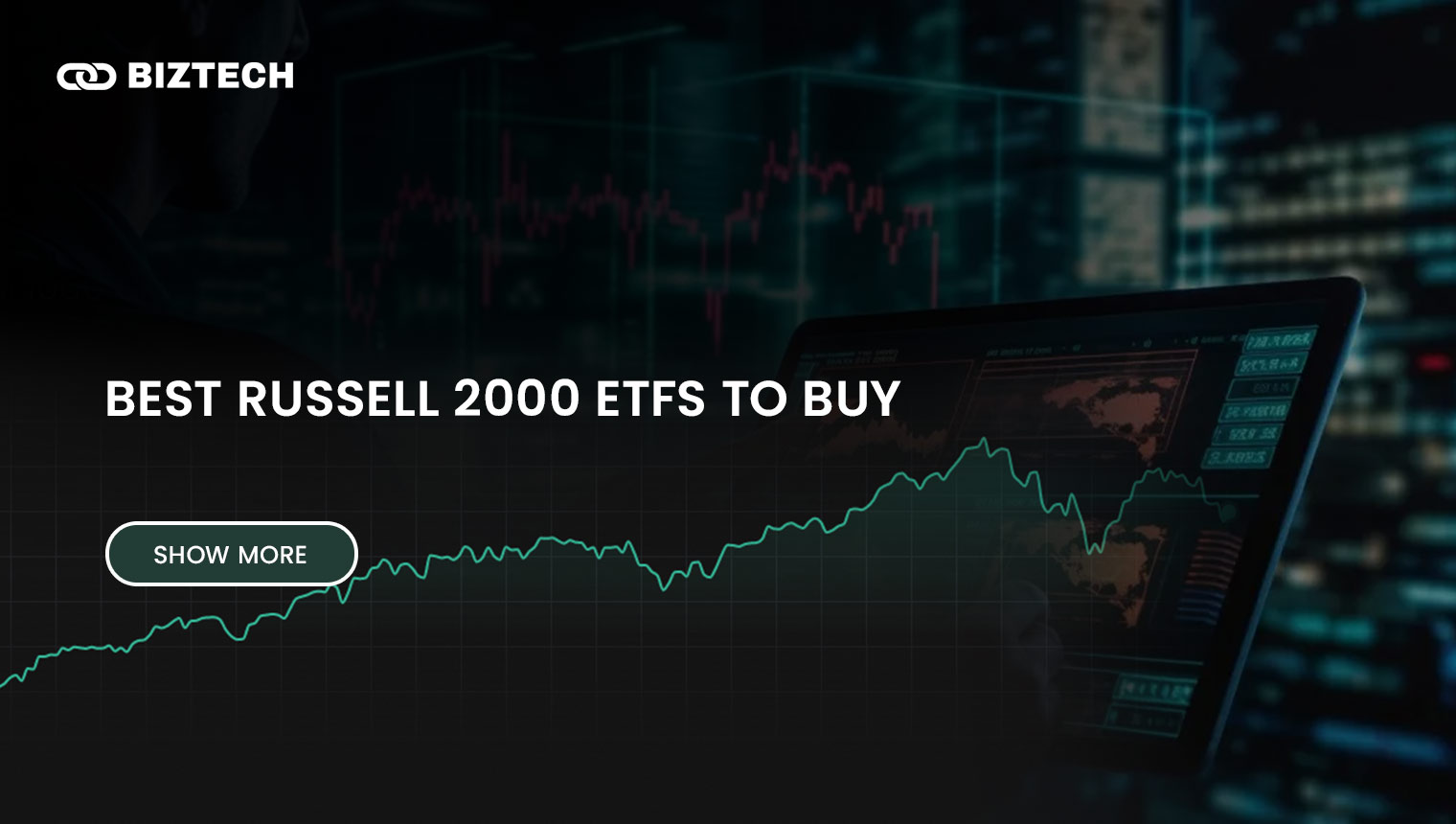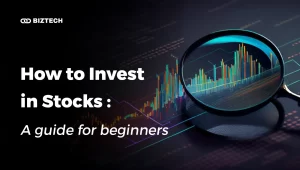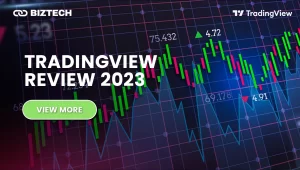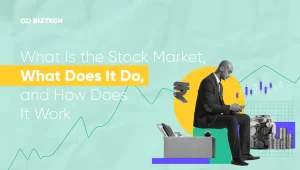Understanding the Russell 2000 Index
The Russell 2000 Index is a group of 2,000 public companies in the U.S., referred to as small-cap companies, whose market capitalizations generally range from $300 million to $2 billion.
- Understanding the Russell 2000 Index
- Why Invest in Russell 2000 ETFs?
- Criteria for Selecting the Best Russell 2000 ETFs
- Expense Ratio
- Assets under Management
- Tracking Error
- Dividend Yield
- Performance History
- Tax Efficiency
- Trading Volume
- Top Russell 2000 ETFs
- 1. iShares Russell 2000 ETF (IWM)
- 2. Vanguard Russell 2000 ETF (VTWO)
- 3. SPDR Russell 2000 US Small Cap UCITS ETF (R2US.MI)
- 4. Amundi Russell 2000 UCITS ETF
- 5. Invesco Russell 2000 UCITS ETF Acc
- How to Choose the Right Russell 2000 ETF for Your Portfolio
- Conclusion
- FAQs
The Russell 2000 Index is maintained by the Financial Times Stock Exchange, which is a subsidiary of the London Stock Exchange Group. The index is listed on major exchanges such as the NYSE) and NASDAQ. The Russell 2000 Index serves as a benchmark for measuring the performance of small-cap stocks in the U.S. Investors cannot directly invest in the Russell 2000; however, investors can invest in mutual funds and ETFs that track the index.
The Russell 2000 Index is often viewed as an economic indicator as it reflects the sensitivity of smaller companies to economic changes and is used by investors to assess the performance of small-cap companies in comparison to larger companies tracked by indices such as the S&P 500 and Dow Jones Industrial Average.
Why Invest in Russell 2000 ETFs?
Russell 2000 ETFs offer a smart way to tap into the growth potential of small-cap stocks while managing risk. Here’s why they’re worth considering:
- Broad Diversification – With around 2,000 small-cap companies, these ETFs spread risk across a wide range of businesses.
- High Growth Potential – Small-cap stocks are often agile and innovative, leading to strong price appreciation, especially in favorable market conditions.
- Cost-Effective – Low management fees make them an affordable investment option.
- Easy Liquidity – Traded on major stock exchanges, they can be bought and sold throughout the trading day.
- Dividend Opportunities – Some ETFs provide steady income through dividends.
- Market Cycle Advantage – They tend to perform well during economic expansion and periods of falling interest rates.
For investors seeking diversification, growth, and liquidity in a cost-efficient way, Russell 2000 ETFs are a solid choice.
Criteria for Selecting the Best Russell 2000 ETFs
When selecting the best Russell 2000 ETF, investors should consider several key factors including the expense ratio, assets under management, tracking error, past performance and tax efficency to ensure alignment with their investment goals and risk tolerance. By considering these factors, investors can make informed decisions and select Russell 2000 ETFs that best fit their financial strategies.
Expense Ratio
The expense ratio is the percentage of an investment that a ETF charges to manage the invested capital, a lower fees can enhance long-term returns and help investors save on operating and management costs.
Assets under Management
Assets under management (AUM) represents the the sum of the market value for all of the investments managed by a fund. AUM is an important factor when considering as a higher AUM indicates greater liquidity and stability.
Tracking Error
The tracking error measures the difference between the ETF’s return compared to the Russell 2000 Index. The larger the deviation, the higher the tracking error an ETF is said to have.
Dividend Yield
Dividend yield is an important factor, particularly for income-focused investors. A higher dividend yield indicates a potentially higher return for investors.
Performance History
Evaluating the historical performance of an ETF, is one of the most crucial criteria selecting the Best Russell 2000 ETFs. An ETF’s performance should fit within an investor’s portfolio and strategy for for making informed investment decisions
Tax Efficiency
ETFs are generally considered tax-efficient because they minimize capital gains tax, which allows investors to defer taxes until they sell shares. Passively managed ETFs are typically known for their tax efficiency.
Trading Volume
High trading volume ETFs offer better liquidity and lower transaction costs.
Top Russell 2000 ETFs
Here are some of the top Russell 2000 ETFs to consider, each with its unique attributes and advantages:
| NAME | TICKER | ISSUER | ASSETS UNDER MANAGEMENT | EXPENSE RATIO |
| iShares Russell 2000 ETF | (NYSEMKT:IWM) | Blackrock | $66.12 billion | 0.19% |
| Vanguard Russell 2000 ETF | (NASDAQ:VTWO) | Vanguard | $10.79 billion | 0.1% |
| SPDR Russell 2000 US Small Cap UCITS ETF | (LON:R2US) | State Street Global Advisors | $3.11 billion | 0.30% |
| Amundi Russell 2000 UCITS ETF | (EPA:RS2K) | Amudi | EUR 426 million | 0.35% |
| Invesco Russell 2000 UCITS ETF | (LON:RTYS) | Invesco | EUR 166 million | 0.39% |
1. iShares Russell 2000 ETF (IWM)
Overview and Key Features
The iShares Russell 2000 ETF (IWM) was established in 2000 and is the largest and most liquid Russell 2000 ETF with $66.12 billion of assets as of September 6. The iShares Russell 2000 ETF ranks top on our list of top Russell 2000 ETFs. It is an attractive option for investors looking to gain exposure to a diversified portfolio of 2,000 small-cap US stocks within a single fund. This makes it an effective tool for diversifying a U.S. stock allocation while seeking long-term growth potential.
Performance and Expense ratio
The iShares Russell 2000 ETF (IWM) offers a relatively low expense ratio of 0.19%, helping to keep costs manageable. The fund has demonstrated solid performance over time. In terms of returns, as of August 31, 2024, iShares Russell 2000 ETF (IWM) delivered a total return of 18.32% over the past year and an average annual return of 9.57% over the last five years. While the Russell 2000 Index slightly outperformed, the iShares Russell 2000 ETF still delivered competitive returns that closely tracked the index. This slight underperformance can be attributed to factors such as fund expenses and tracking errors, which are common in ETFs.
Pros
- Significant Liquidity
- Cost-Effective
- Modest Income Stream
Cons
- Slightly Higher Expense Ratio
- Relatively Low Dividend Yield
2. Vanguard Russell 2000 ETF (VTWO)
Overview and Key Features
The Vanguard Russell 2000 ETF (VTWO) was established in 2010 and manages around $10.79 billion in assets as of September 8. The fund is managed by The Vanguard Group, which is one the largest investment management companies in the United States and manages assets worth $9.3 trillion as of May 2024.
The Vanguard Russell 2000 ETF (VTWO) takes a more aggressive approach by focusing on high-growth opportunities, which can lead to higher potential returns but also increased volatility. This strategy aims for significant growth, making it a bolder investment choice.
The ETF is traded actively and allows investors to buy and sell shares during the day at current market prices. The ETF is known for its low tracking error, and because the Vanguard Russell 2000 ETF (VTWO) is passively managed, it tends to be more tax-efficient than actively managed funds, which can result in fewer taxes on gains.
Performance and Expense ratio
The Vanguard Russell 2000 ETF (VTWO) has an expense ratio of 0.10% which is on of the lowest in Russel 2000 ETFs. The Vanguard Russell 2000 ETF’s (VTWO) price increased by 7.37% year-to-date. Over the past 3 years, the price of Vanguard Russell 2000 ETF (VTWO) increased by 18.41%. The Vanguard Russell 2000 ETF (VTWO) offers a dividend yield of about 1.42% for September 6.
The Vanguard Russell 2000 ETF (VTWO) offers several advantages that make it a compelling choice for investors. Firstly, its expense ratio is notably low at 0.10%, making it the most cost-effective option among major Russell 2000 ETFs. This minimal cost can enhance overall returns by reducing the impact of fees. Additionally, VTWO exhibits a low tracking error, meaning it closely mirrors the performance of the Russell 2000 Index. This ensures that investors receive returns that are very aligned with the index.
Pros
- Low Expense Ratio
- Low Tracking Error
- Tax Efficiency
- Aggressive Growth Focus
Cons
- Smaller Asset Size
- Lower Dividend Yield
- Increased Volatility
3. SPDR Russell 2000 US Small Cap UCITS ETF (R2US.MI)
Overview and Key Features
The SPDR Russell 2000 US Small Cap UCITS ETF (R2US.MI) is the largest Russell 2000 ETF in Europe by fund size, with $3.11 billion in assets as of September 6. The SPDR Russell 2000 US Small Cap UCITS ETF (R2US.MI) was launched in 2014 and is registered in several countries across Europe including Austria, Denmark, Finland, France, Germany, Ireland, Italy, Luxembourg, Netherlands, Norway, Spain, Sweden, Switzerland, and the United Kingdom. This extensive registration ensures that the ETF is accessible to investors in many key European markets.
Performance and Expense ratio
As of August 31, SPDR Russell 2000 US Small Cap UCITS ETF’s (R2US.MI) performance shows a mix of modest deviations from the Russell 2000 Index. Over the past month, the fund’s share price experienced a slight decline of -1.55%, compared to a -1.53% drop in the Russell 2000 Index. In the long term, the ETF’s performance has been relatively stable, with a 3-month gain of 7.35%, just slightly below the 7.40% return of the index.
The fund’s stock price rose 10.14% year over year. Over the past year, SPDR Russell 2000 US Small Cap UCITS ETF (R2US.MI) rose by 17.91%. While its expense ratio of 0.30% per annum is higher than some of the Russell 200 ETFs, it still offers a reasonable cost structure for investors in Europe seeking exposure to U.S. small-cap stocks.
Pros
- Largest Russell 2000 ETF in Europe
- Wide European Accessibility
- UCITS Compliant
- Stable Long-term Performance
Cons
- Higher Expense Ratio
- Modest Tracking Deviations
- Unspecified Dividend Yield
4. Amundi Russell 2000 UCITS ETF
Overview and Key Features
Amundi Russell 2000 UCITS ETF is another Russell 2000 option in Europe and is the second-largest Russell 2000 ETF in the region, managing EUR426.56 million in assets. The Amundi Russell 2000 UCITS ETF was launched in 2014 and is domiciled in Luxembourg. There are no entry or exit fees for Amundi Russell 2000 UCITS ETF if an investor decides to leave to fund in less than a year. The Amundi Russell 2000 UCITS ETF ranks 4th on our list of best Russell 2000 ETFs.
Performance and Expense ratio
Similar to the SPDR Russell 2000 US Small Cap UCITS ETF (R2US.MI), it has an expense ratio of 0.35% per annum and provides exposure to U.S. small-cap stocks through the Russell 2000 index. The ETF has price has risen by 3.69% year to date. In the past 12 months, the ETF’s price increased by 9.55%. Since its inception, the ETF has achieved an impressive return of 146.67%.
Pros
- Second-Largest Russell 2000 ETF in Europe
- No Entry or Exit Fees
- UCITS Compliant
- Strong Long-term Performance
Cons
- Higher Expense Ratio
- Lower Asset Size
5. Invesco Russell 2000 UCITS ETF Acc
Overview and Key Features
The Invesco Russell 2000 UCITS ETF Acc is domiciled in Ireland and utilizes unfunded swaps and agreements with approved counterparties to exchange the performance difference between the index and the fund’s stock portfolio. This strategy helps the Invesco Russell 2000 UCITS ETF Acc to achieve a performance closer to that of the Russell 2000 index.
The fund is designed to track an index rather than actively manage its assets, meaning investors buy into a fund that mirrors its performance rather than directly investing in the underlying assets. Invesco Russell 2000 UCITS ETF Acc is a strong choice for investors seeking a balance between cost efficiency and exposure to the growth potential of small-cap stocks.
Performance and Expense ratio
The Invesco Russell 2000 UCITS ETF Acc has an expense ratio of 0.39% per annum. As of August 31, the price of the Invesco Russell 2000 UCITS ETF has increased 10.16% year-to-date. Over the past three months, the ETF rose by 7.45%, while over the past year, it delivered an 18.05% return.
Pros
- Strong Performance
- UCITS Compliant
- Accumulation Structure
Cons
- Smaller Asset Base
- Dividend Reinvestment
- Higher Expense Ratio
How to Choose the Right Russell 2000 ETF for Your Portfolio
iShares Russell 2000 ETF:
The iShares Russell 2000 ETF (IWM) is renowned for its high liquidity, making it an excellent choice for investors who prioritize ease of trading. However, the ETF has a slightly higher expense ratio compared to some of its peers, which might be a consideration for cost-sensitive investors.
Vanguard Russell 2000 ETF:
The Vanguard Russell 2000 ETF (VTWO) is highly regarded for its ultra-low expense ratio, making it the most cost-effective option among Russell 2000 ETFs. This can be a significant advantage over time. Liquidity is slightly lower compared to IWM, which could be a factor for investors who prioritize the ability to quickly buy or sell large quantities of shares. However, the ETF carries slightly higher risk due to its aggressive investment strategy.
SPDR Russell 2000 US Small Cap UCITS ETF:
For European investors, the SPDR Russell 2000 US Small Cap UCITS ETF is the largest fund size under UCITS compliance, offering a significant level of safety and reliability in accordance with European regulations. This ETF is an attractive option for those who want to gain exposure to the U.S. small-cap market within a regulatory framework they are familiar with. Although it provides broad exposure, the cost might be a limiting factor for those who are highly expense-sensitive.
Amundi Russell 2000 UCITS ETF:
The Amundi Russell 2000 UCITS ETF offers European investors an option that complies with UCITS regulations. It is a viable choice for those who want to gain exposure to U.S. small-cap stocks within a familiar regulatory environment. While it offers a compliant and reliable option for European investors, its smaller size may impact its liquidity, potentially leading to wider bid-ask spreads.
Invesco Russell 2000 UCITS ETF:
The Invesco Russell 2000 UCITS ETF strikes a balance between cost efficiency and regulatory compliance, making it a strong contender for investors seeking both affordability and adherence to UCITS regulations. The ETF’s use of unfunded swaps allows it to achieve a performance closer to that of the Russell 2000 index, enhancing its appeal to those who prioritize tracking accuracy. The ETF may not be suitable for investors seeking regular dividend income, as its dividends are reinvested rather than paid out.
Conclusion
Russell 2000 ETFs present a powerful opportunity for investors looking to capitalize on the growth potential of small-cap stocks with broad diversification and cost efficiency. Investors can choose the ETF that best aligns with their financial goals and risk tolerance by carefully considering factors such as expense ratios, assets under management, tracking error, and dividend yield. The Russell 2000 ETFs offer a strategic investment opportunity. As with any investment, conducting thorough research and considering how these ETFs fit into one’s broader investment strategy to maximize potential returns is essential.






